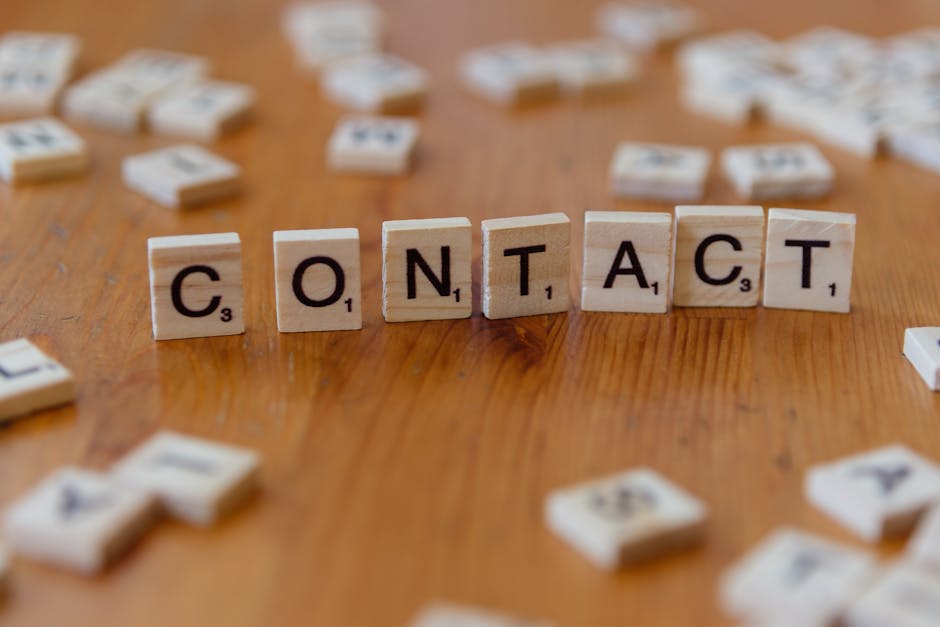Email Templates for Seamless Team Communication
Did you know that effective email communication can boost team productivity by up to 25%? That’s a significant number! Email is a vital tool for any team, but crafting the perfect message every time can be a challenge. That’s where email templates come in. They save time and ensure clear communication. Lets dive into how email templates can transform your teams communication.
What Are Email Templates?

Email templates are pre-written messages that you can customize. Think of them as starting points. Instead of writing the same email from scratch, you fill in the details and hit send. This not only saves time but also helps maintain consistency across your teams communications.
Why Use Email Templates?

Have you ever spent too long trying to find the right words in an email? you’re not alone. Many people face this issue. Here are some reasons to consider using email templates:
- Save Time: Templates cut down on writing time.
- Consistency: They help maintain a uniform tone and style.
- Reduce Errors: Pre-written templates minimize typos and misunderstandings.
- Easy Customization: Templates are easy to tailor for different situations.
With these benefits, it’s clear why many teams are embracing templates for their emails. But how do you create effective templates?
How to Create Effective Email Templates?

Creating an email template might seem daunting, but it’s simple. Follow these steps to get started:
1. Identify Common Scenarios
Think about the emails you send regularly. Are they updates, meeting requests, or feedback requests? Identify the most common scenarios your team faces and focus on those.
2. Keep It Simple
Your template should be easy to read. Use clear language and a friendly tone. Avoid jargon unless you’re sure everyone understands it. Remember, simplicity is key!
3. Use Placeholders
Include placeholders for specific information. For instance, use [Name] for the recipient’s name or [Date] for meeting times. This makes it easy to personalize your messages quickly.
4. Make it Scannable
Use bullet points and short paragraphs to make your template easy to skim. This helps the recipient find the most important information quickly.
What Types of Email Templates Should You Have?

With an understanding of how to create templates, lets look at some types that are essential for smooth team communication:
- Meeting Requests: A clear and concise way to propose a meeting.
- Project Updates: Keep everyone informed about project status.
- Feedback Requests: Ask for input in a structured manner.
- Thank You Notes: Express gratitude to team members or clients.
Each of these templates serves a specific purpose and helps streamline communication.
How Can Email Templates Improve Team Morale?
Using email templates isn’t just about saving time; it can also enhance team morale. Heres how:
1. Clarity Reduces Confusion
When everyone knows what to expect in emails, it reduces confusion. Clear communication helps team members feel informed and valued.
2. Encourages Quick Responses
With templates, team members can quickly respond without overthinking. This helps keep projects moving forward.
3. Builds a Positive Team Culture
When teams communicate effectively, it fosters a sense of trust. Team members feel more connected and engaged.
Are There Common Misconceptions About Email Templates?
Yes, there are several misconceptions that might hold teams back from using email templates:
- Templates Are Impersonal: While templates provide structure, they can be personalized easily.
- Only for Large Teams: Small teams can benefit just as much from templates.
- They don’t Allow Creativity: Templates are starting points that can inspire new ideas.
Understanding these misconceptions can help teams embrace templates more fully.
What Are Some Key Tips for Using Email Templates Effectively?
Once youve created your templates, it’s essential to use them wisely. Here are some key tips:
- Review Before Sending: Always read through your email to ensure it fits the situation.
- Tailor Your Message: Customize it enough to make it feel personal.
- Update Regularly: Keep your templates fresh to reflect new information or changes in your team.
By following these tips, you can maximize the benefits of your email templates.
Can Email Templates Enhance Customer Communication?
Absolutely! Email templates aren’t just for internal use. They can also streamline communication with clients. Heres how:
1. Quick Responses to Inquiries
When clients reach out, having a template ready can speed up your response time. This shows clients that you value their time.
2. Professional Appearance
Well-crafted templates help present a professional image to clients. This boosts their confidence in your services.
3. Consistent Messaging
Using templates ensures that your messaging is consistent across all client communications. This builds trust.
How Can You Get Started with Email Templates?
Ready to start using email templates? Here are a few steps to help you get going:
- Choose a Tool: Use email clients like Outlook or Gmail. They often have built-in template features.
- Gather Feedback: Ask your team what templates they find useful and what’s missing.
- Train Your Team: Ensure everyone knows how to use the templates effectively.
Starting with templates can significantly improve your teams communication.
Conclusion: What Are Your Next Steps?
Email templates can revolutionize how your team communicates. They save time, enhance clarity, and boost morale. By creating effective templates and using them wisely, you can foster a more efficient and connected team.
So, what will you do next? Take the first step by creating a simple template today! For more insights on effective communication, check out our related post on Effective Team Communication Strategies.

